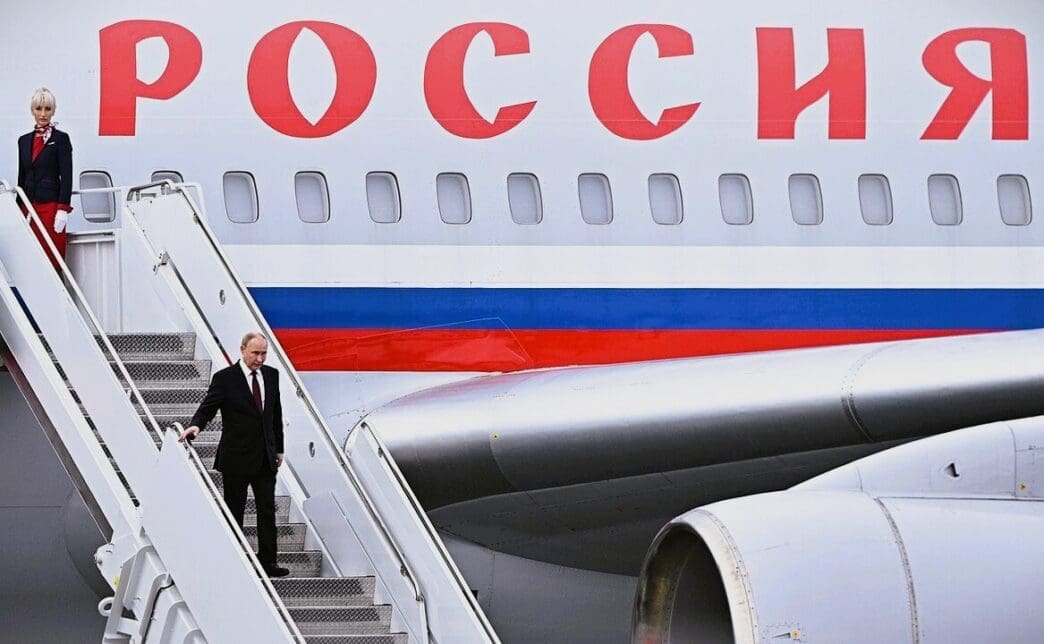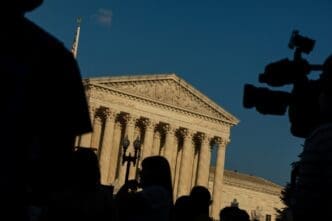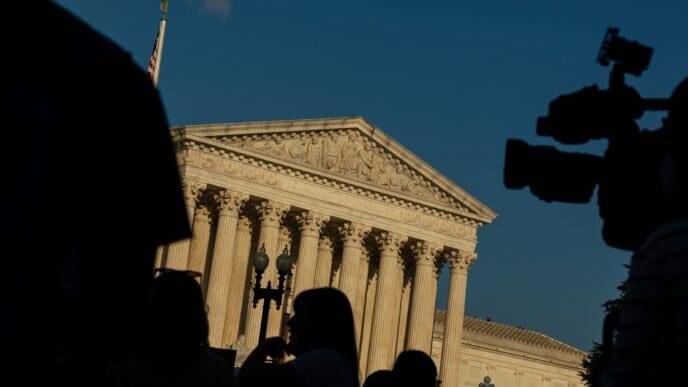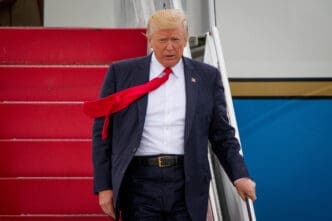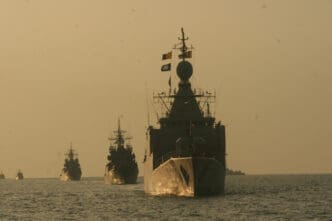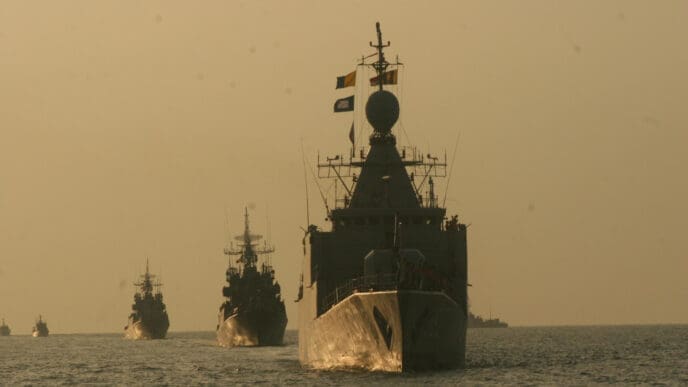Executive Summary
- The summit between President Trump and Russian President Vladimir Putin in Alaska concluded without an agreement on a ceasefire in Ukraine.
- Key questions regarding potential new U.S. sanctions against Russia and the future of the conflict remain unanswered after the summit.
- President Putin reiterated his unwavering position on the “root causes” of the conflict, indicating no change in Moscow’s fundamental approach to Ukraine.
The Story So Far
- The summit was held against the backdrop of an ongoing conflict in Ukraine, which Russia refers to as a “special military operation.”
- President Trump had previously presented himself as a “dealmaker” and expressed confidence in achieving a breakthrough, particularly a ceasefire.
- Russia’s President Putin has maintained an unwavering position on the “root causes” of the conflict, indicating a determination to pursue original objectives in Ukraine.
Why This Matters
- The failure to secure a ceasefire suggests the conflict in Ukraine is likely to continue without immediate de-escalation.
- The ambiguity surrounding President Trump’s commitment to new sanctions against Russia could embolden Moscow to continue its military operations.
- President Putin’s unwavering stance on the “root causes” of the conflict indicates that diplomatic efforts have not altered Russia’s fundamental objectives in Ukraine.
Who Thinks What?
- President Trump acknowledged the lack of a concrete agreement at the summit, stating “Deal no dey until deal dey,” while also vaguely indicating “some great progress.”
- President Putin reiterated his unwavering focus on the “root causes” of the conflict, signaling his determination to pursue the original objectives of his “special military operation” in Ukraine.
- Ukrainians in Kyiv felt relief that no deal was announced which might have compromised their territory, while observers noted the summit’s inconclusive outcome and President Putin’s firm stance could embolden Moscow to continue military operations.
U.S. President Donald Trump and Russian President Vladimir Putin concluded a nearly three-hour summit in Anchorage, Alaska, without reaching an agreement on a ceasefire in Ukraine. The highly anticipated meeting, which saw the leaders deliver brief joint statements before departing without taking questions, has left observers questioning its immediate implications for U.S.-Russia relations and the ongoing conflict.
Summit Outcome and Trump’s Stance
President Trump, who had previously characterized himself as a “dealmaker,” acknowledged the lack of a concrete agreement, stating, “Deal no dey until deal dey.” He indicated “some great progress” but offered few details, leaving the specifics to speculation.
The absence of a breakthrough, particularly a ceasefire, marks a setback for President Trump, who had publicly expressed confidence in the summit’s potential success. His departure from the press conference without addressing reporters’ questions further underscored the limited tangible outcomes.
The Unconventional Press Conference
The joint appearance was notably brief, with both leaders delivering prepared remarks before quickly exiting the podium, bypassing the traditional question-and-answer session. This abrupt conclusion highlighted the significant differences in opinion between President Trump and President Putin regarding the conflict in Ukraine.
Observers noted a shift in the usual protocol, with President Putin initiating the press conference while President Trump remained silent—a departure from typical Oval Office interactions where the U.S. President often takes the lead. The setting in Alaska, once “Russian America,” was perceived by some as lending a sense of familiarity to the Russian leader.
Future of Sanctions and Conflict
A key question left unanswered following the summit is whether President Trump will proceed with new sanctions against Russia. While he had previously hinted at considering such measures “maybe in two weeks, three weeks” in a Fox News interview, the lack of a ceasefire agreement raises concerns about the potential for continued Russian aggression.
President Trump had previously warned of “serious consequences” if Russia failed to move towards a ceasefire. However, the unspecified nature of his post-summit remarks has led to uncertainty, with some analysts suggesting it might embolden Moscow to continue its military operations.
Putin’s Unwavering Position and Ukraine’s Reaction
Despite the high-level talks, President Putin reiterated his focus on the “root causes” of the conflict, signaling his determination to pursue the original objectives of what he terms a “special military operation”—interpreted as a desire to dismantle Ukraine as an independent state. This stance suggests that Western diplomatic efforts, including the Alaska summit, have yet to alter Moscow’s fundamental approach.
In Kyiv, there was a sense of relief that no deal was announced which might have compromised Ukrainian territory. However, the ongoing uncertainty and the perception of unfulfilled Western threats have left Ukrainians on high alert, anticipating continued Russian attacks.
The Alaska summit, while offering a rare direct engagement between the U.S. and Russian leaders, ultimately failed to produce a ceasefire or a clear path forward for the conflict in Ukraine. The meeting’s inconclusive outcome and the leaders’ differing perspectives underscore the persistent challenges in resolving the geopolitical tensions.


